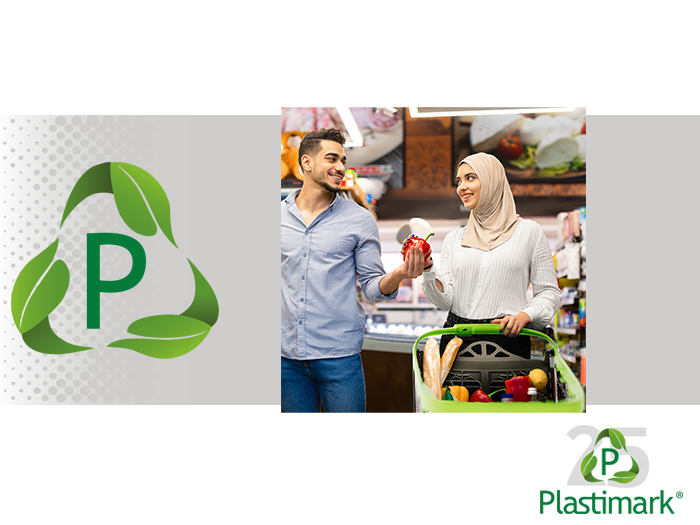The focus on consumers and their shopping habits must also be sustained at all times because, as time goes by, their behaviour varies according to trends or the state of the economy. Paying attention to changes and being able to adapt are part of a fundamental attitude that one must take in order not to be left behind at any time of growth or otherwise.
The persistent effects of inflation, the growth of average retail prices and the high importance of the shopping experience in shops are having a significant impact on shopping habits.
Although the speed of inflation growth in the retail sector has slowed down slightly in recent months, it is expected that the consequences of rising prices will continue to affect the grocery sector until the end of 2023.
In July, a 1.2 % reduction in the variety of products in shopping carts was noted. This consumer attitude contributed to a real increase of 10.1 % in prices. Again with regard to increases, the discounters led the ranking, followed by proximity shops and finally supermarkets and hypermarkets. Consumer analysis is a process that has to be carried on continuously, one has to pay attention to changes in order to be able to adapt and not fall behind in the market.
For 2023, the World Bank estimates an overall GDP growth in both the Eurozone and the US market. If the prospects turn out to be positive, as the experts assume, retailers will have to implement sales policies that incentivise consumers to buy. As we have seen, especially in the last three years, consumers’ buying opportunities can change, even suddenly, as a result of changing needs due to the global economic and socio-political situation.
